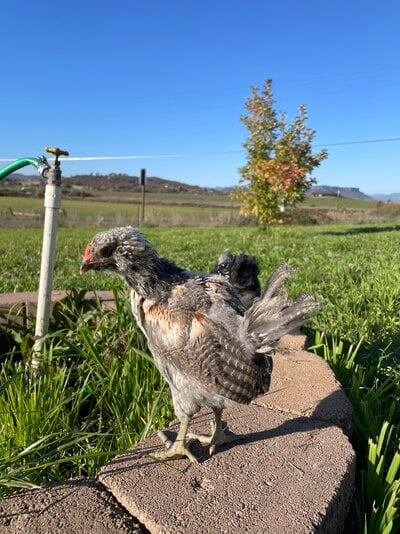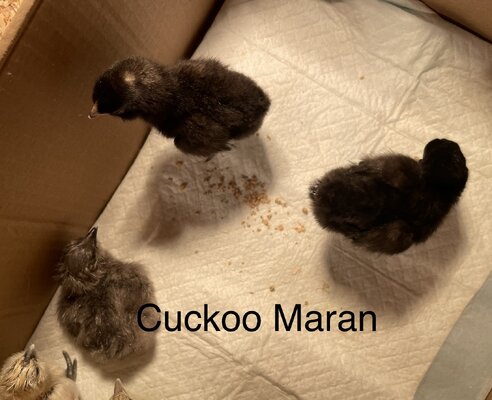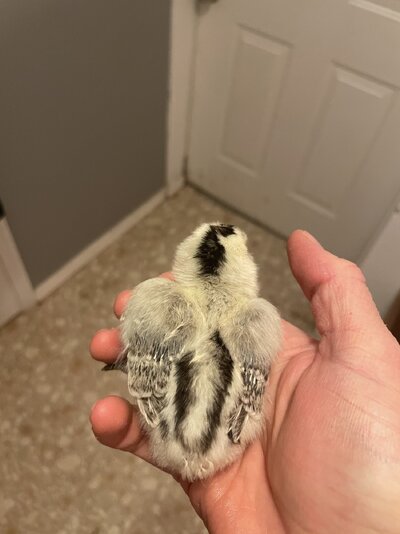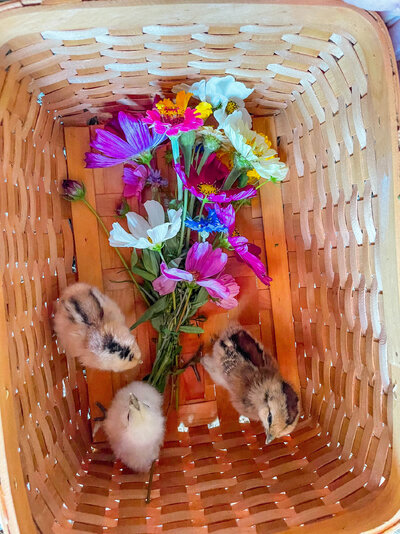HollyParks
Chirping
- Sep 30, 2023
- 93
- 117
- 91
So I just learned that black skin is sex linked, but is that only for fully black-skinned chickens or does that include just shank color?
I ask because I have a Silked EE rooster and non-silky hens. Their offspring turned out to be hens with their father’s black skin from head all the way to their extra toes.
One of the chicks I bought from the store turned out to be an EE rooster (picture included). He started crowing today at 7 weeks old. So if I end up keeping him with my hens, will his offspring be sex-linked?
I ask because I have a Silked EE rooster and non-silky hens. Their offspring turned out to be hens with their father’s black skin from head all the way to their extra toes.
One of the chicks I bought from the store turned out to be an EE rooster (picture included). He started crowing today at 7 weeks old. So if I end up keeping him with my hens, will his offspring be sex-linked?






